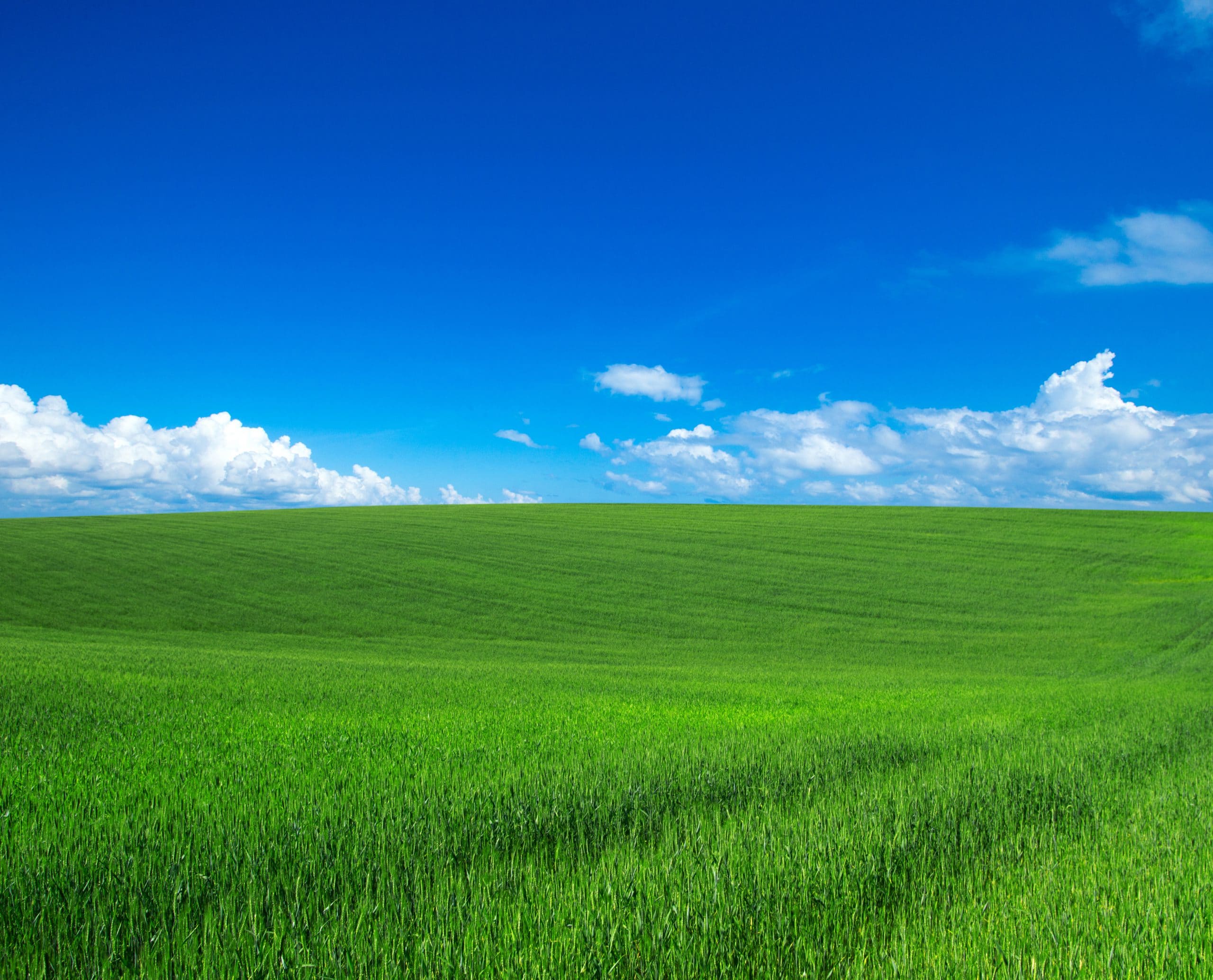Greenfield Development

Greenfield development refers to the construction of new buildings and infrastructure on undeveloped land. It is often contrasted with brownfield development, which involves the redevelopment of previously developed land.
Advantages of Greenfield Development
- Greenfield development allows for more flexibility in design and planning, as there are no existing structures or infrastructure to contend with.
- Greenfield development can be more cost-effective than brownfield development, as there are no environmental cleanup costs associated with the land.
- Greenfield development can help to create new jobs and economic growth in an area.
Disadvantages of Greenfield Development
- Greenfield development can lead to the loss of natural habitat and open space.
- Greenfield development can increase traffic congestion and air pollution.
- Greenfield development can be more expensive than brownfield development, as it requires the construction of new infrastructure.
Examples of Greenfield Development Projects
- The development of the new town of Milton Keynes in the United Kingdom
- The construction of the Palm Islands in Dubai
- The development of the Pudong district in Shanghai
Greenfield Sites

Greenfield sites are undeveloped land areas that have not been previously developed for any purpose. These sites are typically located on the outskirts of urban areas or in rural areas and are often used for new development projects such as housing, commercial buildings, or industrial parks.
Greenfield sites offer several advantages for developers, including:
- They are typically less expensive than developed land.
- They provide more flexibility in terms of design and layout.
- They can be located in more desirable areas.
However, greenfield sites also have some disadvantages, including:
- They can be more difficult to obtain permits for.
- They can be more expensive to develop than brownfield sites.
- They can have a negative impact on the environment.
Overall, greenfield sites can be a good option for developers looking for land for new development projects. However, it is important to weigh the advantages and disadvantages carefully before making a decision.
Examples of Greenfield Sites and Their Potential Uses
There are many examples of greenfield sites around the world that have been used for a variety of purposes. Some of the most common uses include:
- Housing developments: Greenfield sites are often used for new housing developments, including single-family homes, apartments, and townhouses.
- Commercial buildings: Greenfield sites can also be used for commercial buildings, such as offices, retail stores, and warehouses.
- Industrial parks: Greenfield sites are often used for industrial parks, which are areas of land that are zoned for industrial uses.
- Parks and recreation areas: Greenfield sites can also be used for parks and recreation areas, such as playgrounds, sports fields, and hiking trails.
The potential uses of a greenfield site depend on a number of factors, including its location, size, and zoning.
Greenfield Investments

Greenfield investments are a type of foreign direct investment (FDI) in which a company establishes a new subsidiary or operation in a foreign country where it has no prior presence. Greenfield investments are often undertaken by companies looking to expand their operations into new markets or to take advantage of lower production costs or other favorable conditions in the host country.
There are two main types of greenfield investments:
- New plant or facility: This involves the construction of a new manufacturing plant, office building, or other facility from the ground up.
- Acquisition of existing assets: This involves the purchase of an existing business or property in the foreign country.
Greenfield investments can be risky, but they can also offer significant rewards. Some of the potential risks associated with greenfield investments include:
- Political risk: The political environment in the host country can change, which could impact the profitability or even the viability of the investment.
- Economic risk: The economic conditions in the host country can also change, which could impact the profitability of the investment.
- Operational risk: There are a number of operational risks associated with greenfield investments, such as construction delays, labor problems, and supply chain disruptions.
Despite the risks, greenfield investments can also offer significant rewards. Some of the potential benefits of greenfield investments include:
- Market access: Greenfield investments can provide companies with access to new markets that would not be available to them otherwise.
- Cost savings: Greenfield investments can allow companies to take advantage of lower production costs or other favorable conditions in the host country.
- Control: Greenfield investments give companies complete control over their operations in the foreign country.
Companies considering a greenfield investment should carefully evaluate the risks and rewards involved. They should also consider the following factors when evaluating a greenfield investment opportunity:
- The political and economic environment in the host country
- The availability of skilled labor and other resources
- The cost of doing business in the host country
- The potential for growth in the host country